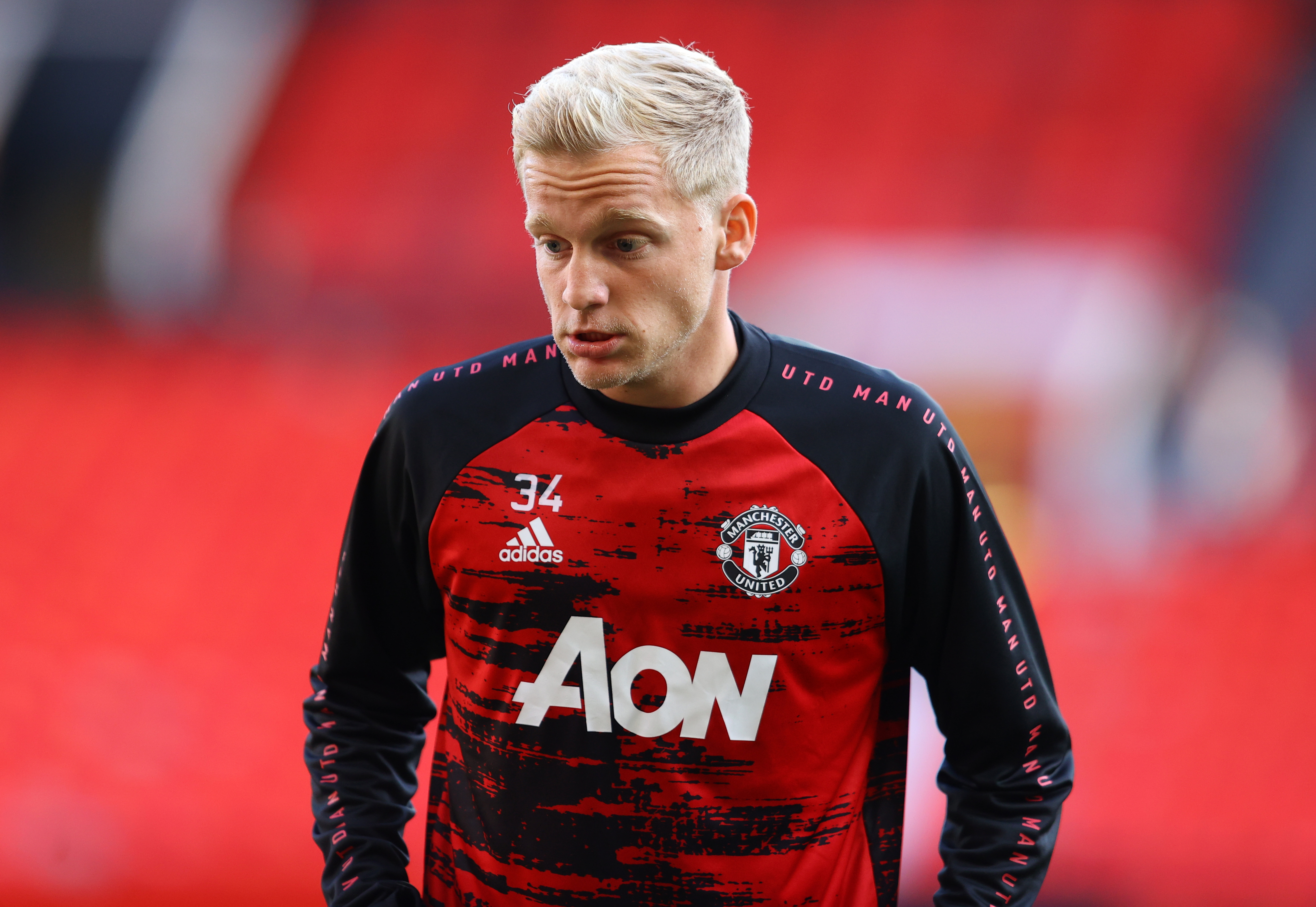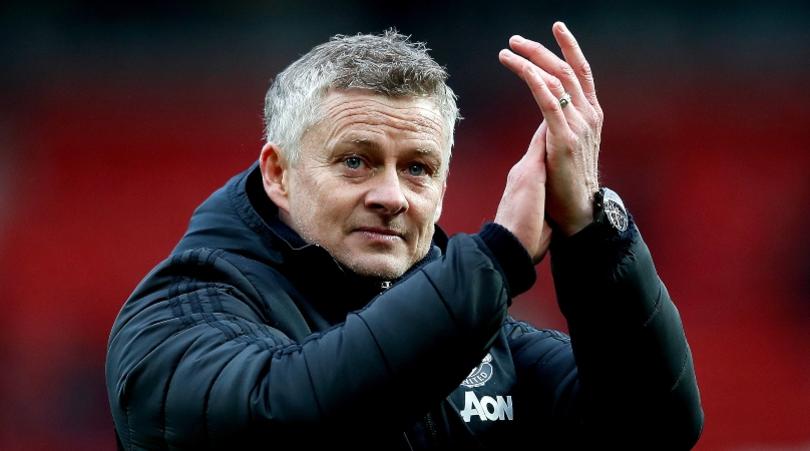What's going on with Donny van de Beek? Why Manchester United's new signing is still sitting on the bench
Donny van de Beek was supposedly bought to add goals and a touch of class to a Manchester United side in need of both. So why isn't he playing?

“Don’t worry about that,” said a drenched Ole Gunnar Solskjaer on Saturday. “He’ll get his games.” With the exception of Donny van de Beek’s friends and family, it is probably safe to say relatively few were worrying. Increasingly large numbers are starting to wonder about him, though. The mystery of Van de Beek, the creative talent who took Ajax to the brink of a Champions League final, the seeming coup who has been sidelined, grows by the game.
Saturday provided a snapshot of what he had traded in his summer transfer. Minus Van de Beek, though scarcely missing him, Ajax won 13-0 against VVV Venlo. Leaving Van de Beek unused and lacking much invention, Manchester United ground their way to a 0-0 draw against Chelsea. Van de Beek doesn’t look the odd man out as much as several odd men out: behind Bruno Fernandes for the No.10 spot, behind Paul Pogba for the role of the midfield substitute.

Pogba and Fernandes present part of the issue. It is just about possible to include Van de Beek in the starting 11 alongside both – possibly with the Dutchman operating off either flank, maybe in a diamond midfield – but it is not ideal. Solskjaer started the season fielding two of the three. Now, with Pogba’s poor form bringing about his demotion, it is just one. Arguably, Fred is ahead of Van de Beek, too, given the newcomer could partner the most defensive midfielder. But in sides selected for their solidity, Solskjaer prefers the Brazilian.
And the bare facts are that nine players have started in midfield roles in either or both of the Premier League and the Champions League for United this season: Nemanja Matic, Scott McTominay, Marcus Rashford, Mason Greenwood, Daniel James, Juan Mata, Pogba, Fernandes and Fred. There is one conspicuous absentee from that list: Van de Beek.
Solskjaer has shown three midfield blueprints. There was last season’s 4-2-3-1, with Pogba and Matic behind Rashford, Fernandes and Greenwood. Then came the variant he introduced at Newcastle and tried against Chelsea, summoning James and Mata to offer the width; given the way the Wales international has tailed off after a bright start and how Van de Beek seemed both a kindred spirit to and a replacement for the Spaniard as the technician, it felt doubly surprising. And, as used in the win at Paris Saint-Germain, there is the 3-4-1-2 formation with Fernandes ahead of Fred and McTominay.

If it all points to the centrality of Fernandes as the No.10, there has also been a reluctance to use Van de Beek deeper or to pair him and the Portuguese as twin No. 8s in a 4-3-3. He is not really a winger, and, Mata apart, Solskjaer prefers pace on the flanks. Van de Beek’s lovely flick for Mata’s Carabao Cup goal at Brighton came in Fernandes’ absence and it all suggests United bought a No.10 when the main vacancy was on the right wing and the main target was a right winger.
It feels safe to assume Jadon Sancho would have been involved rather more by now. Solskjaer is not a Jurgen Klopp, who can take time to integrate signings, whether Fabinho, Alex Oxlade-Chamberlain or Andy Robertson, as they get used to his tactics and demands. His pivotal buys, like Fernandes, Harry Maguire and Aaron Wan-Bissaka, tend to be parachuted straight into the side. In contrast, Odion Ighalo began on the bench and has stayed there in the major competitions. Van de Beek’s price and pedigree suggested he would be in the former group, but 63 minutes of Premier and Champions League football indicate otherwise. Van de Beek is a wonder, but not in the way many anticipated.
The best features, fun and footballing quizzes, straight to your inbox every week.
While you’re here, subscribe to FourFourTwo and save 48% – available until Christmas. It’s the perfect gift idea for anybody who loves football (including yourself)!
NOW READ
FEATURE How the 2000s saved El Clasico – and made Barcelona vs Real Madrid bigger than ever before
GUIDE Premier League live stream best VPN: how to watch every game from anywhere in the world
Richard Jolly also writes for the National, the Guardian, the Observer, the Straits Times, the Independent, Sporting Life, Football 365 and the Blizzard. He has written for the FourFourTwo website since 2018 and for the magazine in the 1990s and the 2020s, but not in between. He has covered 1500+ games and remembers a disturbing number of the 0-0 draws.

